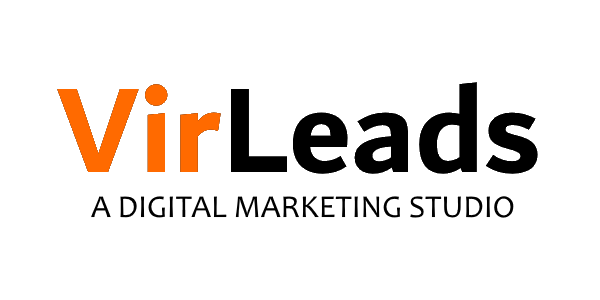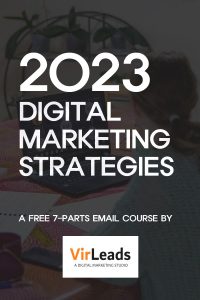"Ignite the Power of Personalization in Email Marketing: Lighting the Way to Higher Engagement and Conversions with Personalized Emails"
Return to our Email Marketing series! In the previous blog post, we discussed the significance of Segmentation and how it can assist you in creating focused advertising. However, Segmentation is only the first step. Personalization in Email Marketing is essential for taking your Email Marketing efforts to the next level. In this episode, we'll look at the advantages and best practices for personalizing email messages. You can greatly enhance engagement, conversions, and customer loyalty by personalizing your content to each unique subscriber. So, let's get started and see how you can leverage The Power of Personalization in Email Marketing Strategy.
The Importance of Personalization in Email Marketing
Personalization in Email Marketing is the practice of adapting your email content to your subscribers' specific requirements and interests. It entails using data and insights to develop personalized messages for each individual recipient. Consumers want individualized experiences in today's digital world, and Email Marketing is no exception.
Personalization has numerous advantages, including increased engagement, conversions, and client loyalty. Subscribers are more likely to open and engage with your emails when they receive communications tailored to their interests and requirements.
In another words, Personalization in Email Marketing is important because it helps businesses to engage with their subscribers on a more personal level. Businesses can create a more personalized experience that is more likely to resonate with subscribers by tailoring emails depending on the recipient's interests, behavior, and other relevant information.
Increased engagement is one of the primary advantages of customization in Email Marketing. Subscribers are more likely to open and interact with emails that contain personalized content that speaks to their individual needs and interests. This can result in greater click-through rates, website traffic, and, ultimately, more conversions.
Furthermore, Personalization in Email Marketing can assist businesses in developing stronger relationships with their subscribers. Businesses can build a sense of loyalty and trust in their subscribers by demonstrating that they understand and care about their particular requirements and interests. This can lead to repeat business and positive word-of-mouth.
Finally, by automating the process of personalizing content to each unique subscriber, customization can help businesses save time and resources. Businesses may quickly develop and distribute targeted messages to their subscribers without having to manually personalize each email by leveraging dynamic content, triggered emails, and other personalization strategies.
In today's competitive Email Marketing world, customization is critical. You can enhance engagement, conversions, and ultimately drive growth for your business by developing personalized communications that appeal with your readers. Keep an eye out for the following section, in which we will delve deeper into the tactics and strategies for efficient Personalization in Email Marketing.

Dynamic Content
In Email Marketing, dynamic content refers to the use of personalized, customized messages that adapt to the interests and behaviors of each subscriber.
This means that instead of sending a generic email blast to your entire email list, you can send personalized messages that are more likely to resonate with each recipient.
So that each recipient receives a unique email message that is tailored to their individual needs and preferences.
The advantage of using dynamic content is that it can significantly improve engagement rates and conversions. By sending personalized messages that resonate with each subscriber, you can establish a deeper connection and build a stronger relationship with your audience.
To create dynamic content, you will need to leverage data and analytics to segment your audience based on their interests, behaviors, and preferences. This can include factors such as past purchase history, website activity, and email engagement metrics. This will allow you to target your messages to specific groups of subscribers who are most likely to be interested in your offer.
Once you have segmented your email list, you can start with create dynamic content. There are several ways to create dynamic content, such as using merge tags, conditional statements, and content blocks. Merge tags allow you to insert personalized information into your email, such as the recipient's name or location. Conditional statements allow you to display different content based on specific conditions, such as whether a subscriber has made a purchase or not. Content blocks allow you to create different versions of your email and display the appropriate version based on the subscriber's preferences.
One key advantage of using dynamic content is that it can significantly improve engagement rates and conversions. For example, studies have shown that personalized emails have a higher click-through rate (CTR) than non-personalized emails.
To optimize your use of dynamic content, it's important to continuously monitor and analyze your email campaign metrics. This will allow you to fine-tune your messaging and targeting based on what is working best for your audience. You can use tools such as A/B testing and email analytics to test different versions of your email and track key metrics such as open rates, click-through rates, and conversions.
Real-world examples of successful campaigns using dynamic content include Netflix, which sends personalized recommendations based on the subscriber's viewing history, and Spotify, which sends personalized playlists based on the subscriber's listening habits.
Overall, dynamic content is a powerful tool for Personalization in Email Marketing and increasing engagement and conversions. By leveraging data and analytics, you can create customized messages that resonate with each subscriber and establish a stronger connection with your audience.
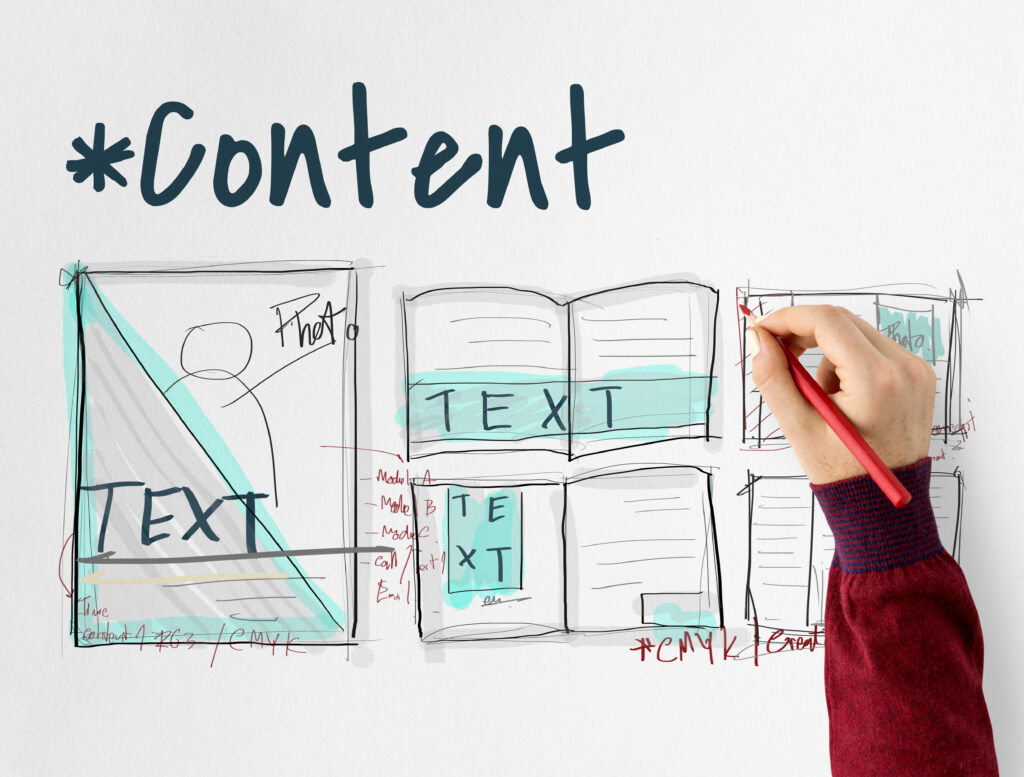
Customizable Subject Lines
Subject lines play a critical role in Email Marketing. They are the first thing a subscriber sees when they receive your email, and they can make or break the chances of the email being opened. Personalized subject lines can help to increase open rates and engagement by tailoring the message to the specific recipient.
One of the simplest ways to personalize subject lines is to include the recipient's name. This can be obtained from your email list and inserted into the subject line using merge tags. For example, "Hi [Name], Check Out Our Latest Product!"
Another effective strategy is to use the recipient's location or past purchase history to create a sense of personalization. This can be achieved by using dynamic content and segmentation to create targeted campaigns. For example, "Don't Miss Out on Our Exclusive Sale in [City]!"
Personalized subject lines can also be used to create a sense of urgency or exclusivity, which can motivate subscribers to take action. For example, "Last Chance to Save 50% on Our Bestselling Product!"
It's important to note that while personalized subject lines can be effective in Personalization in Email Marketing, they should not be used as a crutch for poor content or irrelevant messaging. The content of your email should always be tailored to the specific interests and needs of your audience, and personalized subject lines should be used as a way to enhance that message, to improve your Email Marketing efforts. It's important to experiment with different approaches to see what works best for your audience.
In the next section, we'll look at triggered emails and how they can be used to improve your Email Marketing strategy.
Triggered Emails
Why are triggered emails vital in the process of Personalization in Email Marketing? Here's why:
Triggered emails are an essential component of any successful Email Marketing plan. These automated messages are prompted by certain activities or behaviors performed by subscribers, allowing you to send timely and targeted communications pertinent to their interests and requirements.
The abandoned cart email is one of the most common forms of triggered emails. When a subscriber adds products to their cart but does not complete the purchase, an abandoned cart email can be sent to remind them of the items they left behind and encourage them to finish the transaction. According to studies, abandoned cart emails have a 45% open rate and a 21% click-through rate, making them a highly successful tool to recoup lost purchases.
The welcome series is another typical sort of triggered email. When a subscriber joins your email list, you can send a welcome series of emails to introduce them to your brand, provide useful information, and encourage engagement. This can help you build a strong relationship with your subscribers right away, increasing the likelihood of future engagement and conversions.
Another sort of triggered email is re-engagement campaigns. When a subscriber hasn't opened or clicked on one of your emails in a while, a re-engagement campaign might be launched to try to re-engage them. Offers, tailored messaging, and other strategies can be used to rekindle their interest in your business and urge them to begin connecting with your emails again.
Triggered emails have numerous advantages, including increased open and click-through rates, engagement, and conversions. You may set up triggered email campaigns that are personalized to the individual activities and behaviors of your subscribers by using an email marketing platform that enables automation and segmentation.
To maximize the effectiveness of your triggered email campaigns, create customized content that is relevant to the subscriber's activities or habits. This could include product recommendations, personalized offers, and other content tailored to their interests and requirements. It's also critical to test and optimize your triggered email campaigns to ensure they're as effective as possible, and to enhance your strategy over time.
Overall, triggered emails are an effective way to engage your readers and drive conversions. You may save time and resources by automating your Email Marketing campaigns while still providing highly targeted and tailored messages to your audience, resulting in improved engagement and income for your organization.
Best Practices for Personalization in Email Marketing
Here are some pointers and recommendations for tailoring your Email Marketing campaigns:
Collect relevant data: In order to effectively tailor your emails, you must first collect relevant data about your subscribers. This can contain their name, address, buying history, and hobbies. This information can be gathered by using sign-up forms, surveys, and tracking their behavior on your website and social media pages.
Segment your audience: As mentioned in the last blog article, segmentation is essential in personalization. After gathering information, you may segment your audience depending on their interests, actions, and preferences. This allows you to adapt your content to each section, increasing engagement and conversions.
Use dynamic content: Dynamic content is an effective personalization strategy that allows you to generate personalized messages that alter based on the recipient's interests and behavior. You can utilize dynamic content to provide different product recommendations, promotional offers, or even different graphics based on the preferences of each subscriber.
Personalize your subject lines: The subject line is the first thing your subscribers see when they open your email. Personalization in subject lines, such as the recipient's name or a prior purchase, might catch their attention and enhance open rates.
Automate triggered emails: Triggered emails are communications that are automatically sent based on the behavior or activities of the subscriber. If a subscriber abandons their cart, for example, you can send an abandoned cart email with personalized product recommendations. Triggered emails save time and allow you to communicate with your subscribers at the optimal time.
By implementing these personalization techniques, you can create a more engaging and effective Email Marketing campaign. Remember to always test and optimize your personalization strategies to see what works best for your audience.
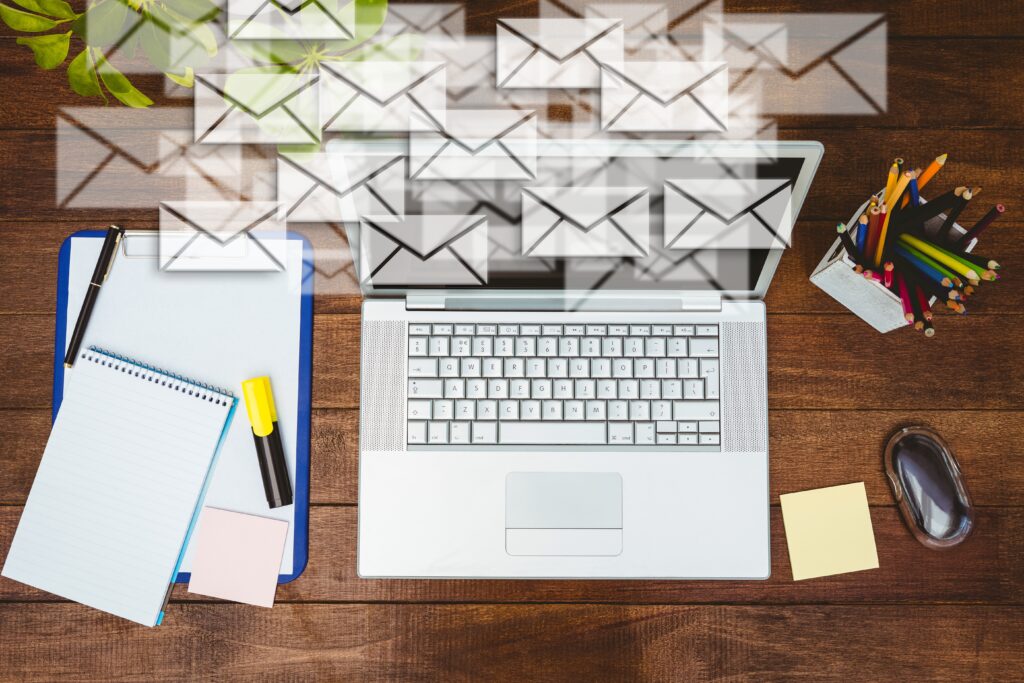
Personalization Techniques, Tools and Stats in 2023
Techniques
AI-powered personalization: By evaluating data on individual subscribers and providing customized content based on their tastes, activity, and purchase history, artificial intelligence (AI) can assist you in creating highly personalized email campaigns. AI-powered personalization technologies can be used to provide personalized product recommendations, dynamic content, and even topic lines for each subscriber.
Interactive content: Interactive material, like as quizzes, polls, and surveys, can help you engage subscribers while also gathering data on their interests and activity. You may use this information to develop highly targeted campaigns that are suited to the interests and needs of each user.
Video content is becoming increasingly popular in Email Marketing, and you can take it a step further by producing personalized video messages for each subscriber. You can make movies suited to each subscriber's interests and demands by using data on their likes and activity.
Predictive customization: is the use of machine learning algorithms to forecast which items, information, and offers each subscriber is likely to engage with. Predictive personalization can help you design highly targeted campaigns that are more likely to convert.
Behavioral triggers: Behavioral triggers are automated emails that are sent based on certain activities taken by subscribers, such as abandoning a cart or visiting a specific page on your website. Behavioral triggers can be used to build highly targeted messages that are adapted to each subscriber's activity.
Behavioral segmentation: is the practice of segmenting your email list based on how members behave on your website, such as which pages they visit or which products they look at. This allows you to send more personalized and relevant emails to each subscriber.
Personalized Product Recommendations: Use subscriber data to recommend products or services based on each subscriber's interests or previous purchases.
Geotargeting: Customize your email content based on your subscribers' location, such as promoting a local event or offer in their area.
Personalization in Email Marketing is becoming increasingly crucial, and these approaches can help you build highly targeted campaigns that are more likely to result in conversions and client loyalty.
Tools
Email Marketing Platforms: Many Email Marketing platforms offer personalization features, such as dynamic content, customized subject lines, and triggered emails.
Customer Relationship Management (CRM) Software: CRM software can help you collect and manage customer data, such as purchase history and behavior, which can be used for personalization.
Artificial Intelligence (AI) Tools: AI can be used to analyze customer data and provide personalized recommendations for products or content.
Stats
Personalized emails have higher open rates, with an average of 29% higher than non-personalized emails. (Campaign Monitor)
Segmenting email campaigns can increase revenue by 760%. (Campaign Monitor)
63% of consumers are more likely to make a purchase from a brand that personalizes their online experiences. (SmarterHQ)
80% of customers are more likely to do business with a company that offers personalized experiences. (Epsilon)
According to Epsilon, personalized emails have a 29.3% average open rate, whereas non-personalized emails have an 18.8% average open rate.
Experian research discovered that personalized emails had a 29% higher unique open rate and a 41% higher unique click-through rate than non-personalized emails.
According to Statista, 90% of US customers perceive tailored marketing content to be somewhat or extremely appealing.
According to an Evergage survey, 98% of marketers said customization improved client connections, and 55% said it increased revenue.
Here are some links to articles and reports that provide more information and statistics on the benefits of email personalization:
"Email Marketing Statistics for 2021" by HubSpot: https://www.hubspot.com/marketing-statistics
"Email Marketing Benchmarks" by Campaign Monitor: https://www.campaignmonitor.com/resources/guides/email-marketing-benchmarks/
"Personalization in Email Marketing" by Experian: https://www.experian.com/blogs/marketing-forward/2016/09/14/personalization-in-email-marketing-infographic/
Netflix is one successful example of a tailored email marketing. Their emails contain personalized recommendations based on the subscriber's viewing history, as well as new releases and upcoming shows that are relevant to their interests. Netflix is able to offer a more interesting and meaningful experience for their members by personalizing their emails, resulting in higher retention and loyalty.
Spotify is another example of an effective targeted email marketing. They give members tailored emails with recommended playlists and artists depending on their listening history. These emails not only add value to the subscriber's life, but they also persuade them to keep Spotify as their primary music streaming service.
By incorporating these techniques, tools, and statistics into your Email Marketing strategy, you can create more personalized and engaging experiences for your subscribers, leading to increased engagement, conversions, and customer loyalty.
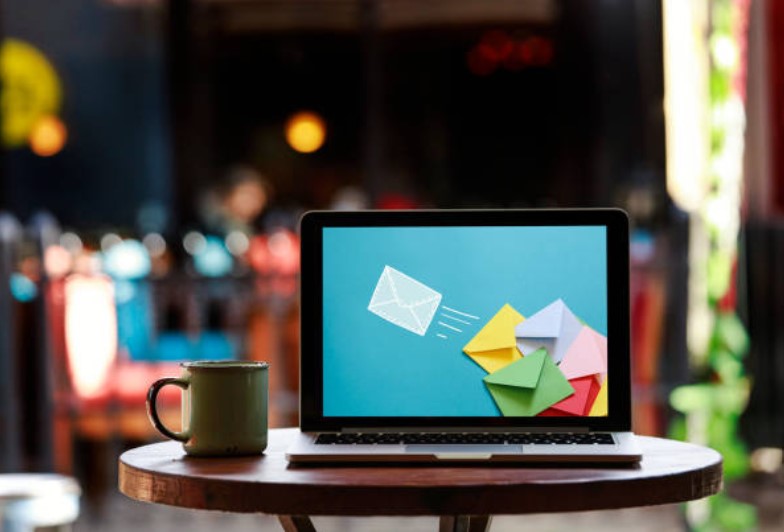
More crucial tips for Personalization in Email Marketing
There are numerous crucial aspects to consider when building a tailored email to increase open and click rates:
Subject Line: To stand out in the recipient's inbox, the subject line should be attention-grabbing and personalized, utilizing the recipient's name or other relevant information.
Preheader Text: The preview text that shows beneath or next to the subject line in the inbox is known as the preheader text. This should be used in conjunction with the subject line to encourage the recipient to open the email.
Sender Name: The recipient should be able to recognize and trust the sender's name. Using a personal name or a business name that the recipient recognizes can assist boost open rates.
Personalization should be used throughout the email, including the greeting, body copy, and calls-to-action. This can involve leveraging the recipient's name, location, or other pertinent information to personalize the email to their interests and needs.
Visual Design: The email's visual design should be clean, professional, and easy to read. Use images, colors, and font that are consistent with your brand and visually appealing.
Call-to-Action: The call-to-action (CTA) should be clear, conspicuous, and individualized. Use action-oriented language to entice the receiver to perform the intended action, such as making a purchase, signing up for a newsletter, or downloading a resource.
You may improve the efficacy of your personalized email marketing efforts by focusing on five important features and adapting them to the recipient's interests and demands.
In conclusion
In any effective Email Marketing campaign, perspective is essential. It's about taking a step back and looking at the big picture, about learning how your subscribers interact with your material and then using that knowledge to build targeted messages that actually resonate with them. "Perspective is the way we see things when we look at them from a certain distance and it allows us to appreciate their value." Rafael E. Pĩno remarked.
Furthermore, the importance of Personalization in Email Marketing cannot be overstated. You have the ability to leave a lasting impression on your audience by leveraging data and analytics to create tailored content. You may make a deeper connection and build a better relationship with your audience by tailoring your email messages to each subscriber's interests and activities. Don't underestimate the value of Personalization in Email Marketing plan. Use the resources and strategies at your disposal to develop highly targeted and relevant communications that will captivate the attention of your readers and drive results.
In our next post, we'll look at the significance of Mobile Optimization in Email Marketing. As more people read their email on mobile devices, it's critical that your email campaigns are mobile-friendly and optimized for the tiny screens of smartphones and tablets. Stay tuned for more insights and best practices on Mobile Email Marketing.
